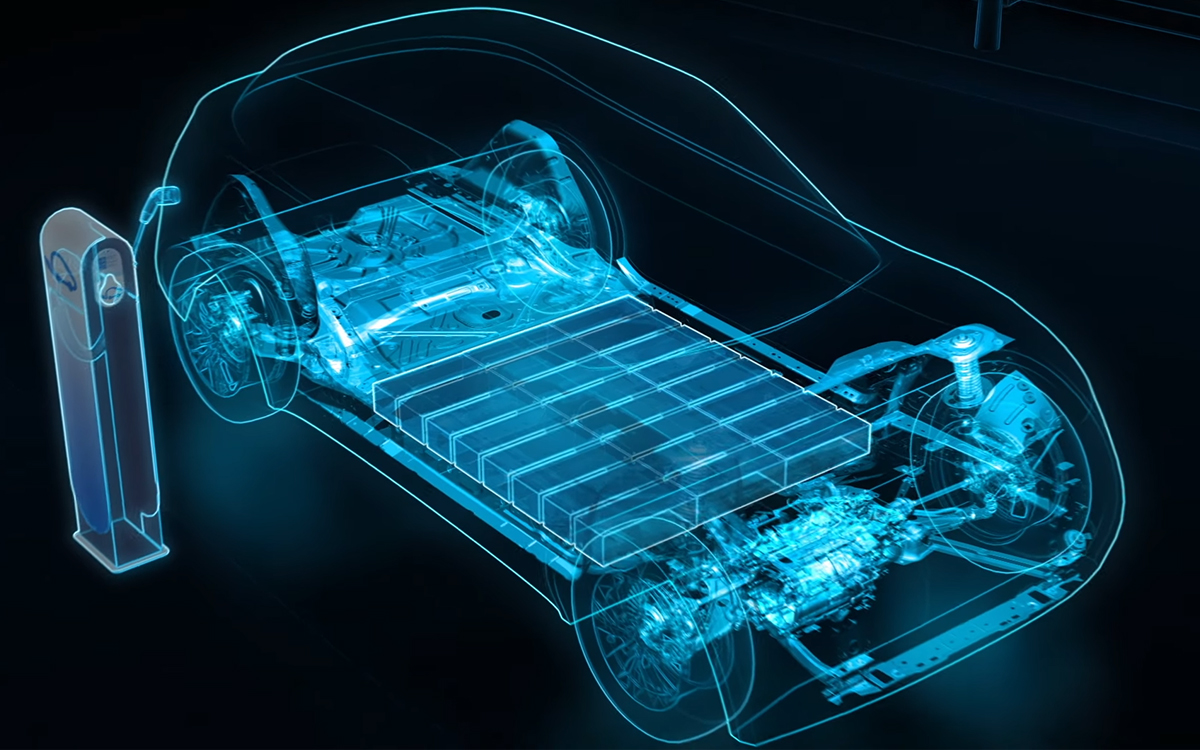Innovation never stops in the world of electric cars. Latest: a cheaper battery, with more autonomy, and more reliable than current models. How did the companies Stellantis and Saft, at the origin of the project, pull off this tour de force? We explain to you.
A revolution for electric cars, just that. In a press release, Stellantis and Saft do not go overboard by announcing the arrival of their battery of a new kind. And it is clear that indeed, the expression does not seem exaggerated. This new battery directly integrates the charger and the inverter that electric cars have. Ok, but why is it good? To understand, let’s recall how such a vehicle works overall.
When you plug your car into a charging station (or your home socket), the current sent is of the alternating type. The energy is transmitted to a part called chargerwho handles transform this alternating current into direct current, before passing it to the battery. This is a mandatory step since current batteries store energy in direct current. The battery then sends everything to theinverter who takes care of do the reverse operation then power the motor, who wants alternating current for him. With the Stellantis and Saft battery, this circuit system is removed.
The new battery integrates the charger and the inverter to free up space
You will have understood: with a battery that takes care of the functions of the charger and the inverter, there is no longer any need for these parts in the vehicle. We save space, but also weight. In parallel, the production of vehicles is facilitated and its cost is reduced. Following their tests, the project leaders also indicate that “the battery is more efficient […]more reliable and less expensive [à construire]”. They are now concentrating their efforts on producing a fully functional prototype vehicle for testing in closed circuits and then on the roads.
Also read – Electric cars: 1200 km of autonomy in 10 minutes, the revolutionary battery signed Toyota
The mass production of this battery is not for now. The goal is to make it available in Stellantis-branded vehicles by the end of the decade, or 2030 at the latest. Obviously, you don’t have to wait that long to get an electric car. Other innovations to come will make it possible to gain even more autonomy, such as recharging your vehicle while driving.
